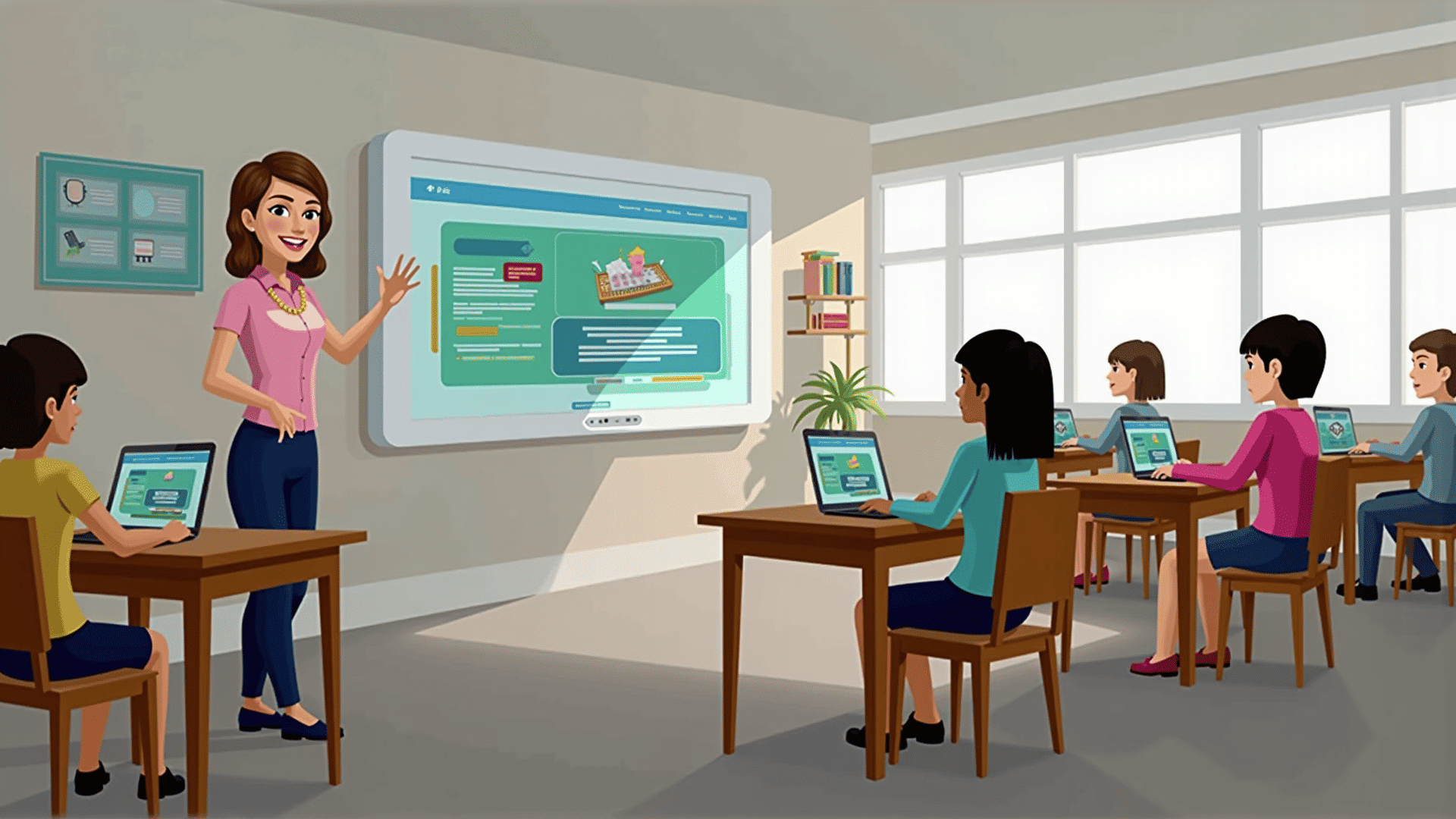In today's rapidly evolving educational landscape, the fusion of traditional teaching methods with cutting-edge digital tools has given rise to an innovative learning environment known as virtual classrooms. These digital platforms have revolutionized the way knowledge is imparted and absorbed, offering a dynamic and interactive experience for both educators and students.
One of the key features of a virtual classroom is its ability to provide accessibility to learners regardless of their geographical location. This flexibility ensures that quality education is not confined within the walls of a physical classroom. With just an internet connection, students can participate in lessons, interact with instructors, and collaborate with peers from around the globe.
The integration of multimedia resources is another significant advantage. Educators can leverage a plethora of digital tools such as videos, interactive quizzes, and real-time simulations to enhance comprehension and engagement. This multifaceted approach caters to diverse learning styles, ensuring that each student has the opportunity to grasp complex concepts in a manner that suits them best.
Moreover, virtual classrooms often incorporate features that promote interaction and collaboration. Live chats, discussion forums, and breakout rooms enable students to engage in meaningful discussions and group work, fostering a sense of community and teamwork. This is essential for developing critical thinking and problem-solving skills.
Assessment in a virtual classroom is also adapted to the digital space. Whether through automated quizzes, peer evaluations, or project-based assignments, educators can employ varied assessment methods to gauge student progress effectively. This ensures a comprehensive understanding of the subject matter and highlights areas for improvement.
Finally, the flexibility of scheduling in virtual classrooms allows for a more personalized learning experience. Learners can often access recorded sessions and study materials at their own pace, allowing them to balance educational pursuits with personal commitments.
In conclusion, the evolution of virtual classrooms represents a significant step forward in the realm of education. By blending traditional teaching principles with modern technology, these platforms offer an enriching and adaptable learning journey that prepares students for the demands of the contemporary world.
